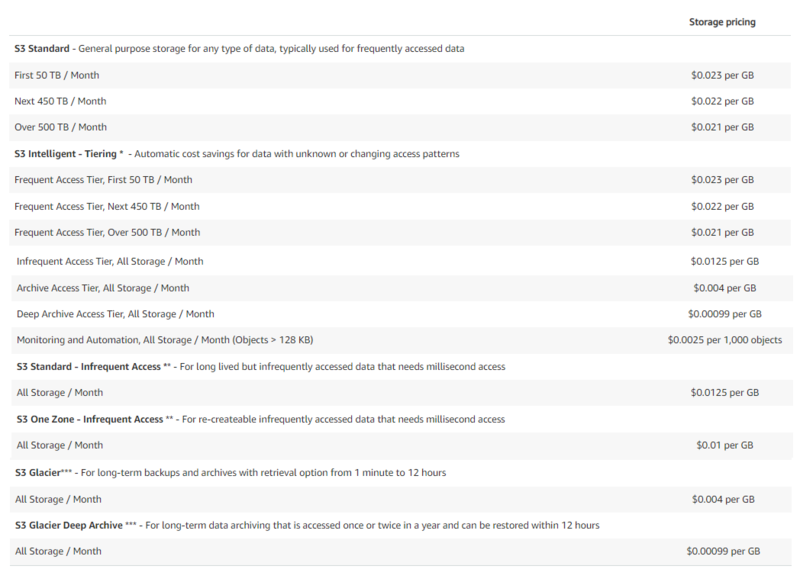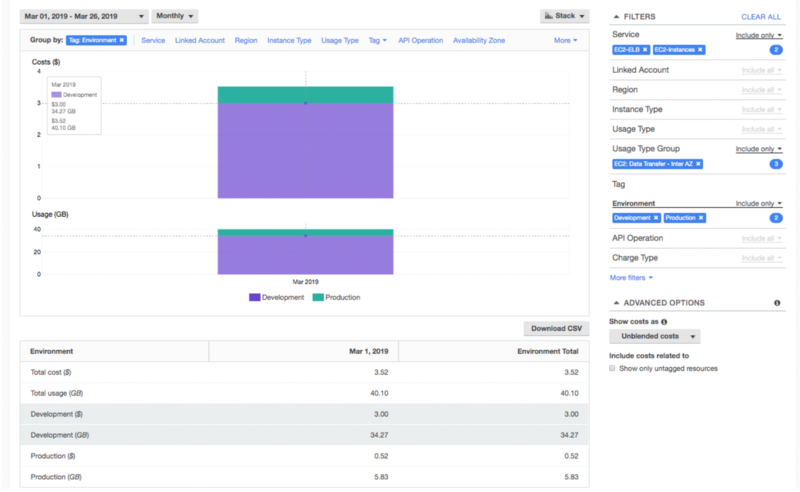The key objective of any company is to maximize sales while minimizing costs. When it comes to choosing cloud computing solutions, many small and mid-sized businesses opt for AWS as the most affordable option. Companies make the right choice, yet in most cases, they fail to optimize AWS cloud costs.
According to statistics, the vast majority of organizations spend more money on cloud computing than necessary. About 40% of cloud spending is typically sunken into over-provisioned and unused infrastructure.
Today, we will discuss ways to reduce cloud waste and optimize AWS costs.
What is AWS?
Amazon Web Services (AWS) is one of the best cloud providers of computing power, storage, databases that offers pay-as-you-go pricing. AWS is mainly used by small and mid-sized businesses that can’t afford to buy, own, and maintain physical data centers and servers. The number of active AWS users exceeds 1,000,000.
Why it’s important to optimize AWS cloud costs?
There are many cloud cost misconceptions and mistakes. Pretty often, companies see AWS as “an affordable solution” and forget about the necessity of costs optimization. Business owners should analyze whether they use AWS effectively and ensure that they don’t overpay for cloud computing services.
Three tips to optimize AWS cloud cost
AWS cloud costs can be optimized in many different ways. It all depends on how well you manage your current AWS resources. Check out the following tips and find the ones that work for you.
Delete EBS instances that are characterized by low activity
First of all, you should identify cloud waste that can be reduced. You can do it using Trusted Advisor tools:
-
Run an EBS volume check and define volumes that are associated with the lowest activity (those with less than one input/output operation per second per day).
-
Make a point-in-time copy of a designated volume if you believe that there is a chance that you will need to use this volume later.
-
Delete detected volumes with low utilization.
-
If you want to create snapshots automatically, check configurations at the Data Lifecycle Manager.
The rule of cost optimization is simple. The less data you store, the lower price you pay. If you streamline the process of resource wastes management, you will save lots of money in the long run.
Take advantage of lower cost storage tiers
Many companies opt for top Amazon S3 storage classes because they demonstrate higher throughput performance and are resilient against events that impact an entire Availability Zone. But the truth is that just a small part of the data owned by a company needs to be stored at the top storage tiers. In most cases, there is no sense to overpay for “premium” services.
If you strive to reduce costs, try to define data access patterns for objects stored in the cloud for a long time (one month or more). You can do it by leveraging Storage Analytics.
It will help you understand whether you can make use of S3 Infrequently Accessed and move rarely used objects to more affordable storage tiers by customizing policies of the life cycle. Besides, you can try out an AI-powered solution (intelligent or smart tiering) that will analyze data storage patterns and automatically shift down your data to the suitable storage tiers.
 Screenshot source: amazon.com
Screenshot source: amazon.com
Analyze pricing and saving of data transferring
You want to know exactly where your money goes, don’t you? Use AWS Cost Explorer to analyze your AWS costs and see how you can optimize your spending.
Cost Explorer allows you to set different filters and visualize data. You can see daily, monthly, and forecasted spending related to linked accounts, specific tags, and more. Using this tool, you can also identify load balancers that you no longer need for running your project. If you delete these balancers, you will instantly reduce the AWS cost for your business.

Image source: amazon.com
Wrapping up
AWS cloud cost optimization is an ongoing process. The more data you add to your storage, the more meticulously you should analyze the resources usage.
Implement a data management policy and do your best to solve the data waste problem. You can be sure that it will help you reduce your costs and increase gains.

